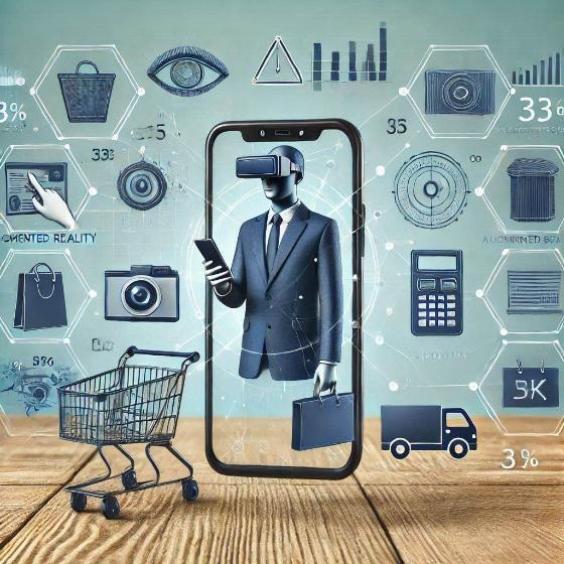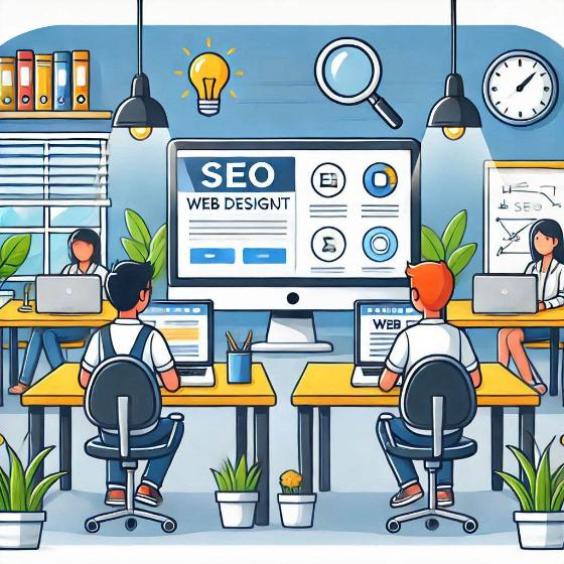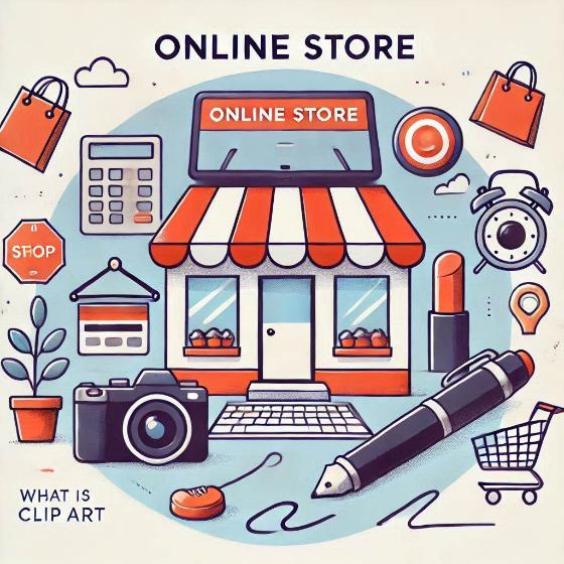Augmented Reality in Ecommerce: The Future of Online Sales
Augmented reality (AR) is a technology that has been gaining ground in recent years, and its application in ecommerce is one of the most notable examples of its potential. In this article, we will explore how augmented reality is revolutionizing the way consumers interact with products online and how it can be a valuable tool for ecommerce merchants.

What is augmented reality?
Augmented reality is a technology that overlays digital information onto the real world, using devices such as smartphones, tablets, and augmented reality glasses. This allows users to interact with virtual objects in a physical environment, which can be particularly useful in ecommerce.
How does augmented reality work in ecommerce?
Augmented reality in ecommerce works as follows:
- Ecommerce merchants create 3D models of their products and integrate them into their website or mobile app.
- Consumers can view and interact with the products in 3D, using their mobile device or augmented reality glasses.
- Augmented reality allows consumers to see how the products would look in their physical environment, which can help make more informed purchasing decisions.
Benefits of augmented reality in ecommerce
Augmented reality offers several benefits for ecommerce merchants and consumers:
- Increased customer experience: Augmented reality allows consumers to interact with products in a more immersive and personalized way.
- Reduced return rate: By allowing consumers to see how the products would look in their physical environment, augmented reality can help reduce the return rate.
- Increased sales: Augmented reality can help increase sales by allowing consumers to make more informed purchasing decisions.
- Competitive differentiation: Augmented reality can be a way to differentiate from the competition and offer a unique experience to consumers.
Examples of augmented reality in ecommerce
There are several examples of augmented reality in ecommerce:
- Ikea Place: Ikea's augmented reality app allows consumers to see how furniture would look in their home before purchasing.
- Warby Parker: The eyewear store Warby Parker uses augmented reality to allow consumers to try on virtual glasses.
- Home Depot: The home improvement store Home Depot uses augmented reality to allow consumers to see how products would look in their home.
Augmented reality is a technology that is revolutionizing the way consumers interact with products online. By offering a more immersive and personalized experience, augmented reality can help increase sales and reduce the return rate. Ecommerce merchants who adopt this technology can differentiate themselves from the competition and offer a unique experience to consumers.





